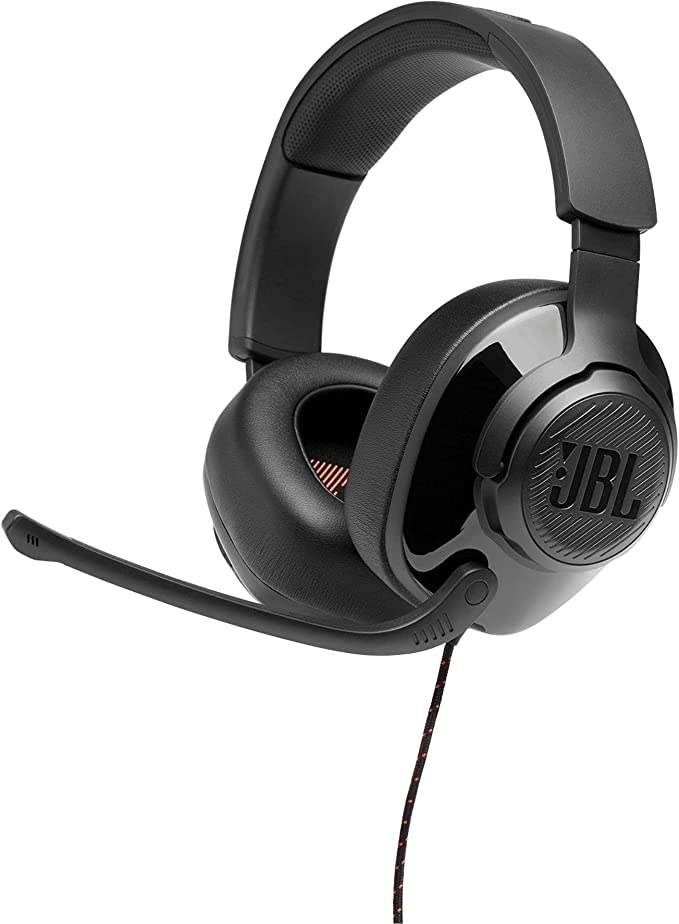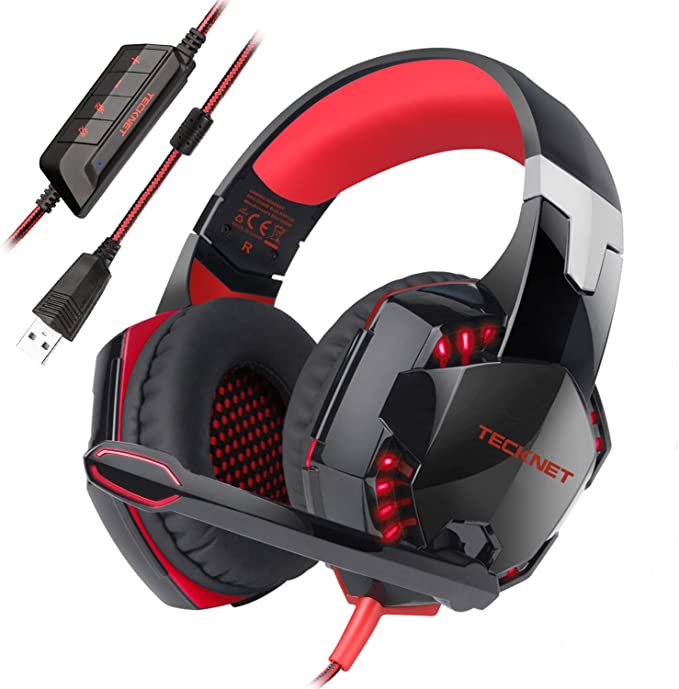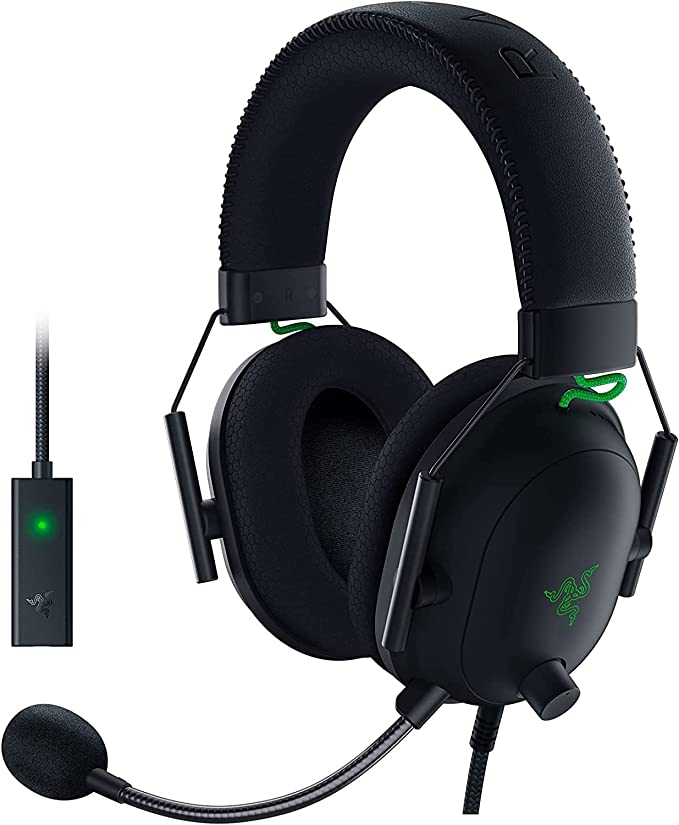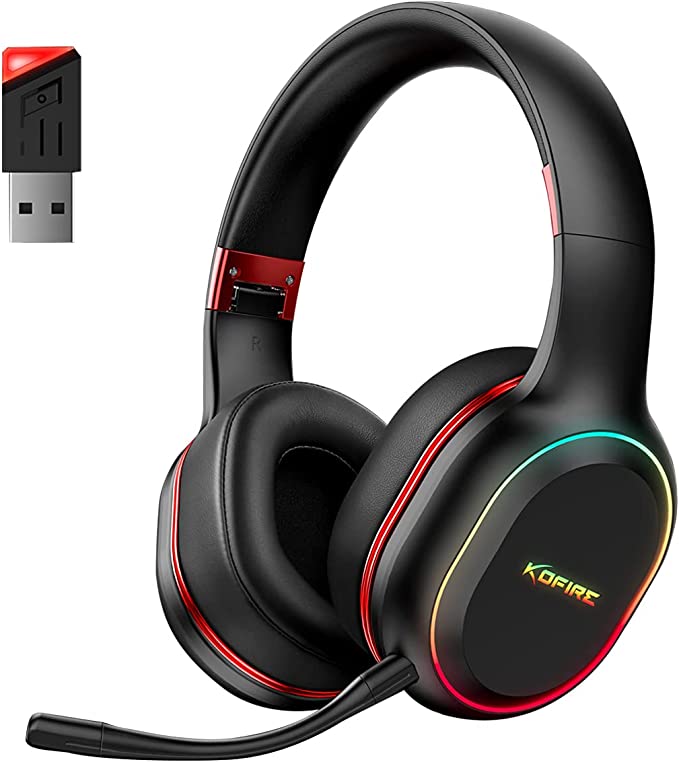Turtle Beach Stealth 700 Gen 2: Unlock 3D Audio Power on PS5 & Switch
Update on Feb. 21, 2025, 4:28 p.m.
The Sound of Silence (and Why It Matters in Gaming)
Picture this: you’re creeping through a dense virtual jungle, the air thick with humidity and the chirping of unseen insects. Suddenly, a twig snaps. Your heart pounds. Was it to your left? Right? Behind you? Above? In that split second, your survival hinges not just on hearing the sound, but on instantly and accurately pinpointing its location. In the world of gaming, silence, and the subtle sounds that break it, are as crucial as the explosions and bombastic soundtracks. It’s about creating a believable, immersive world, and your ears are your primary connection to that reality.

Your Ears: Nature’s Amazing Directional Microphones
Our ability to locate sounds is a marvel of natural engineering. It’s not just about having two ears; it’s about how those ears work together, and how our brains interpret the subtle differences in the sounds they receive. Think about a car honking its horn to your left. The sound waves reach your left ear a fraction of a second before they reach your right ear. This tiny delay is the Interaural Time Difference (ITD). Simultaneously, your head casts a “sound shadow,” making the sound slightly louder in your left ear than in your right. This is the Interaural Level Difference (ILD).
These differences might seem minuscule, but your brain is incredibly adept at processing them. It uses ITD and ILD as cues to instantly calculate the direction and distance of the sound source. Even the shape of your outer ear, the pinna, with its unique folds and curves, plays a vital role. It subtly modifies the sound waves entering your ear canal, providing additional information about the sound’s elevation – whether it’s coming from above, below, or straight ahead.

From Stereo to Surround Sound: A Brief History of Faking Reality
For decades, video games relied on simple stereo sound – two channels, left and right. While this provides some directional information, it’s fundamentally limited. Imagine trying to locate that twig snap with just two speakers; you’d have a general sense of left or right, but not much else. This is where surround sound systems (5.1, 7.1) came in, adding more speakers around the listener to create a more enveloping soundscape. These systems are channel-based, meaning each speaker receives a specific, pre-mixed audio channel.
However, a more advanced approach is object-based audio. Instead of assigning sounds to specific channels, object-based systems treat each sound as an individual “object” with its own position in 3D space. The audio engine then dynamically renders the sound based on the listener’s position and the virtual environment, creating a much more realistic and precise soundscape.
The Magic of HRTFs: Making Virtual Sound Real
This is where Head-Related Transfer Functions (HRTFs) enter the picture. Think of an HRTF as a personalized “sound filter” that represents how your head and ears uniquely shape incoming sounds. It’s a complex mathematical function that takes into account the size and shape of your head, the contours of your ears, and even the reflections off your shoulders.
When creating 3D audio, game developers use HRTFs to simulate how sounds would interact with a listener’s head and ears in the real world. By applying these filters to the sound objects in the game, the audio engine can create a remarkably accurate sense of spatial positioning. You’re not just hearing a sound to your left; you’re hearing it as if it were truly coming from a specific point in space, filtered through the unique acoustics of your own (virtual) head.
The PS5’s Tempest 3D AudioTech: A Revolution in Sound
Sony’s PlayStation 5 takes spatial audio to a new level with its custom-built Tempest 3D AudioTech engine. This powerful engine is designed specifically for object-based audio, allowing it to render hundreds of sound sources with incredible precision. What sets the Tempest engine apart is its ability to create a highly personalized 3D audio experience.
The result? Games like Returnal become terrifyingly immersive, with alien creatures seemingly scurrying just out of sight. In Demon’s Souls, the clang of a sword against armor echoes with chilling realism, letting you pinpoint the exact location of your foe. And in Ratchet & Clank: Rift Apart, the dimensional rifts don’t just look spectacular; they sound like they’re tearing open the fabric of reality all around you.

The Turtle Beach Stealth 700 Gen 2: Bringing It All Together
The Turtle Beach Stealth 700 Gen 2 wireless gaming headset is designed to take full advantage of these advancements in audio technology. Let’s explore how its features contribute to a superior gaming audio experience:
-
50mm Drivers: At the core of the headset are its 50mm drivers. The size of a speaker driver is important because, generally, larger drivers can move more air. This allows them to produce a wider range of frequencies, from the deepest bass to the highest treble, with greater clarity and less distortion. You’ll hear every detail, from the subtle rustling of leaves to the earth-shattering roar of a boss battle.
-
PS5 Compatibility: The Stealth 700 Gen 2 is fully compatible with the PS5’s Tempest 3D AudioTech. This means you’ll experience the full potential of the console’s immersive sound capabilities, with sounds precisely positioned in a 3D space around you.
-
Superhuman Hearing (EQ): This feature is, at its heart, a pre-configured equalizer setting. Equalization (EQ) is the process of adjusting the balance between different frequency components within an audio signal. Superhuman Hearing is designed to boost the levels of certain frequencies that are often crucial in competitive gaming, such as footsteps, weapon reloads, and distant gunfire. It is not about give a magical skill to hear everything. It is about emphasizing specific sounds to make them more noticeable amidst the overall soundscape.
-
Bluetooth Connectivity: Beyond the immersive game audio, the Stealth 700 Gen 2 offers the convenience of Bluetooth connectivity. This allows you to simultaneously connect to your smartphone while gaming, enabling you to take calls, listen to music, or chat on Discord without interrupting your gameplay.

-
Wireless and long Battery: Enjoy the freedom of movement with the wireless connection, mini-USB transmitter, and stay immersed in your games for longer stretches with an impressive 20-hour battery life.
-
Comfort: The Turtle Beach Stealth 700 Gen 2 is designed with gel-cooled, memory foam ear cushions.

Beyond the Game: The Wider World of Spatial Audio
The advancements in spatial audio aren’t limited to gaming. Virtual reality (VR) and augmented reality (AR) experiences rely heavily on 3D audio to create a sense of presence and immersion. Filmmakers are increasingly using object-based audio formats like Dolby Atmos to create more realistic and engaging soundscapes. Even music is being mixed in spatial audio formats, offering listeners a new dimension of sonic experience.
The pursuit of truly realistic and immersive audio is an ongoing journey. As technology continues to evolve, we can expect even more sophisticated techniques for capturing, processing, and reproducing sound, blurring the lines between the virtual and the real. The Turtle Beach Stealth 700 Gen 2 is a step forward, bringing us that closer to this immersive reality.






































